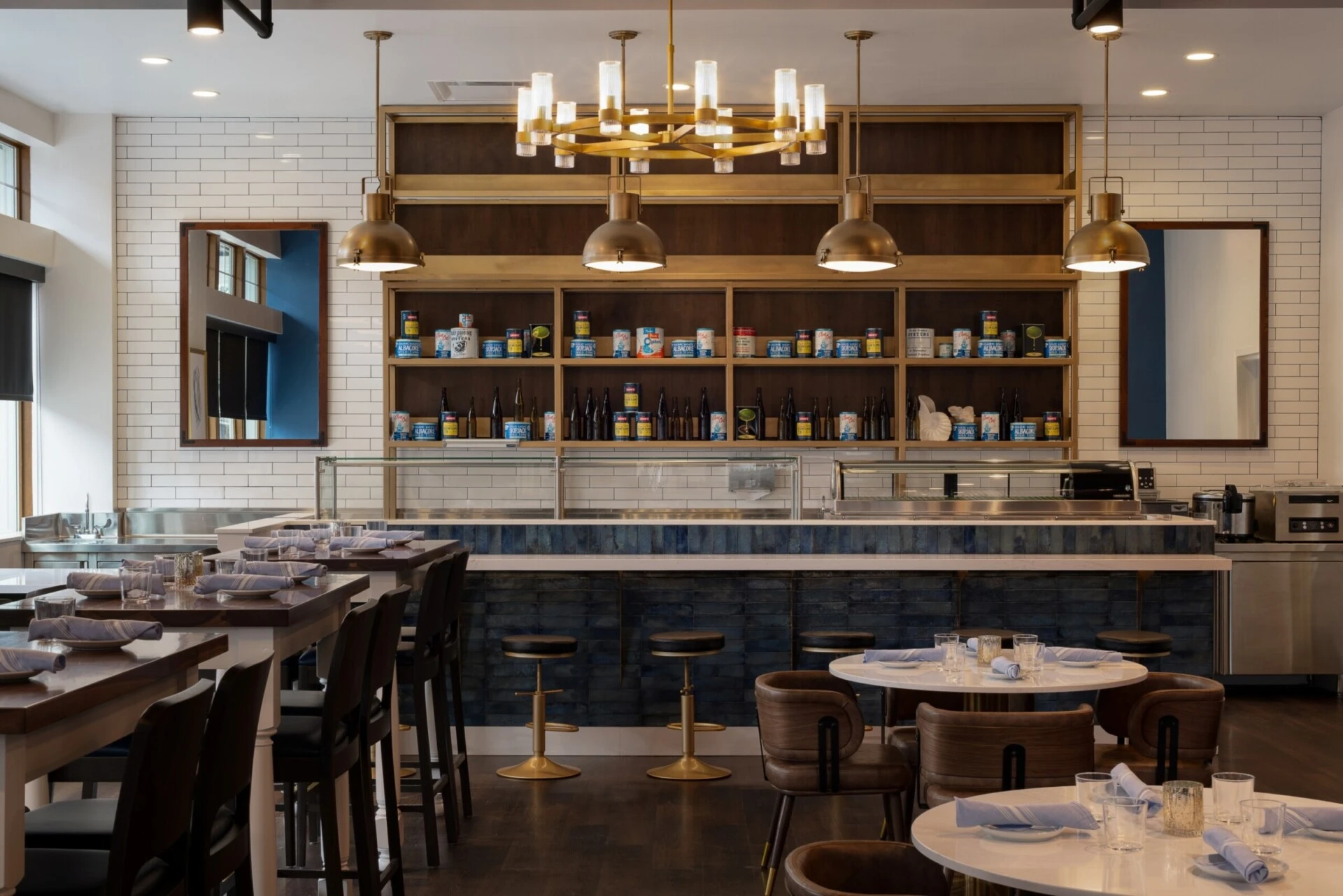
Considerations for Effective Interior Lighting
Stay Informed
Lighting plays a pivotal role in successful interior design. It enhances convenience, comfort, and emotional well-being. In many cases, thoughtful lighting design can improve a space more significantly than any single design element. Poor lighting, on the other hand, can diminish functionality and create a sense of discomfort, turning an otherwise well-designed room into an uninviting environment. Effective interior design acknowledges the influence of lighting on perception and mood, using it as a fundamental tool to define the character of a space. Additionally, lighting is easily adjustable and, compared to fixed elements like walls, furniture, or flooring, often more cost-effective to modify. To accommodate various activities and settings, lighting must be adaptable. Key considerations include:
1. Light Levels
Light level refers to the amount of illumination on a specific task or area, which can be easily measured. The human eye can adapt to a wide range of lighting conditions, from bright sunlight to dim starlight. However, individuals with aging eyesight or visual impairments typically require increased illumination. Therefore, it is standard practice to provide ample lighting for tasks such as reading, writing, sewing, or drafting. More intense lighting may be necessary for highly detailed work, such as industrial inspection, medical examinations, or surgery.

2. Brightness, Contrast, and Glare Control
Managing excessive brightness is one of the most common challenges in lighting design. Glare, caused by unshielded light sources—whether natural or artificial—can significantly impair visual comfort. Mitigation strategies include the use of shades, strategic positioning of light fixtures to minimize reflection on glossy surfaces, and incorporating dimming options to allow for user control.

3. Contrast and Diffusion
Point-source lighting, which produces strong contrast, is effective for highlighting shapes and textures. In contrast, diffused lighting offers consistent illumination, supporting general visibility, though it can appear flat or lack visual interest. The absence of shadows in diffuse lighting can hinder tasks that rely on depth perception. An ideal lighting plan typically combines both point-source and diffused lighting to achieve both functionality and ambiance.

4. Characteristics of LED Lighting
LED technology has transformed interior lighting design. Color temperature, measured in Kelvins (K), determines the visual warmth or coolness of the light. “Warm” light (typically 3,000K or lower) creates a cozy atmosphere, while “cool” white light (4,000K or higher) is better suited for task-oriented environments. LEDs offer substantial benefits: longer lifespan, energy efficiency—reducing electricity usage by up to 50%—and compact form factors that enhance ceiling aesthetics by minimizing the number of visible fixtures.

5. Daylighting and Architectural Integration
Natural daylight is often the most desirable form of illumination. It aligns with the human eye’s natural preference and contributes to a dynamic, pleasing atmosphere. The effectiveness of daylighting is influenced by the building’s orientation, window placement, and overall architectural design. Understanding these factors allows designers to maximize the use of natural light, thereby reducing reliance on artificial sources and enriching the interior environment.

Conclusion
The primary objectives of interior lighting design are to ensure visual clarity and to evoke an emotional response appropriate to the space’s function. Whether creating a calm retreat, a vibrant workspace, or an inspiring public area, thoughtful lighting contributes significantly to the space’s overall success.

Let’s Connect.
See the Fisher Difference for Yourself.
At Fisher Architecture, we design with intent, and we build with our clients in mind. Our work spans residential, commercial, mixed-use, hospitality, medical, and government sectors across the East Coast, with over 1,700 projects completed and counting.